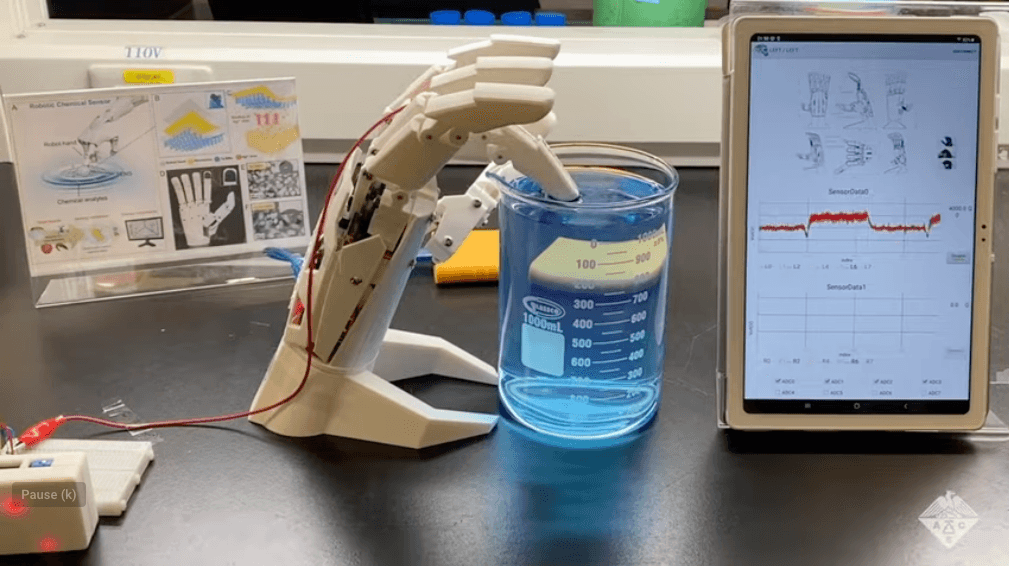Rapid detection of hazardous chemicals is critical for remote security and environmental monitoring, but current sensing technologies are limited. New research published in ACS Nano presents an innovative self-powered solution.

Mercury is a harmful chemical pollutant, affecting both human and environmental health on a global scale. There are currently a number of chemical sensing technologies in place to detect mercury and other damaging pollutants, but their performance in real environments is limited by external power supplies as well as poor selectivity and sensitivity.
But triboelectric nanosensors and nanogenerators present an interesting new approach to this problem. A recent study published in ACS Nano reports on an innovative self-powered triboelectric nanosensor for rapid, real-time detection of mercury ions with just the touch of a fingertip.
Triboelectric nanogenerators (TENGS) have been attracting attention as a clean and renewable energy solution powered by the triboelectric effect—a primary cause of static electricity. To generate energy, these tiny systems rely on the phenomenon of contact electrification, during which a charge develops when two materials come into contact and then separate (picture what happens when your hair rubs against a balloon).
In addition to harvesting energy, this charge can also act as a signal for chemical sensing. With this in mind, a team of researchers developed a triboelectric nanosensor (TENS) using tellurium nanowire arrays, which have selective binding affinity toward mercury. They tested the TENS by mounting it onto the fingertips of a robotic hand and tapping them to a variety of samples.

The results, which were transmitted in real time via smartphone, showed that the sensor was able to successfully detect the ions in several water samples as well as on various foods that had been doused in a mercury ion solution.
The authors believe this is the first report of a solid–liquid TENS combined with a robotic hand for highly selective detection of mercury ions. Further work in this field could extend the viability of triboelectric chemical sensors for performing advanced on-site analytics, and it could also lead to the development of low-cost, automated chemical sensing machinery for the detection of other harmful chemicals in the environment.
Watch the video around this research created by the ACS Science Communications team:

